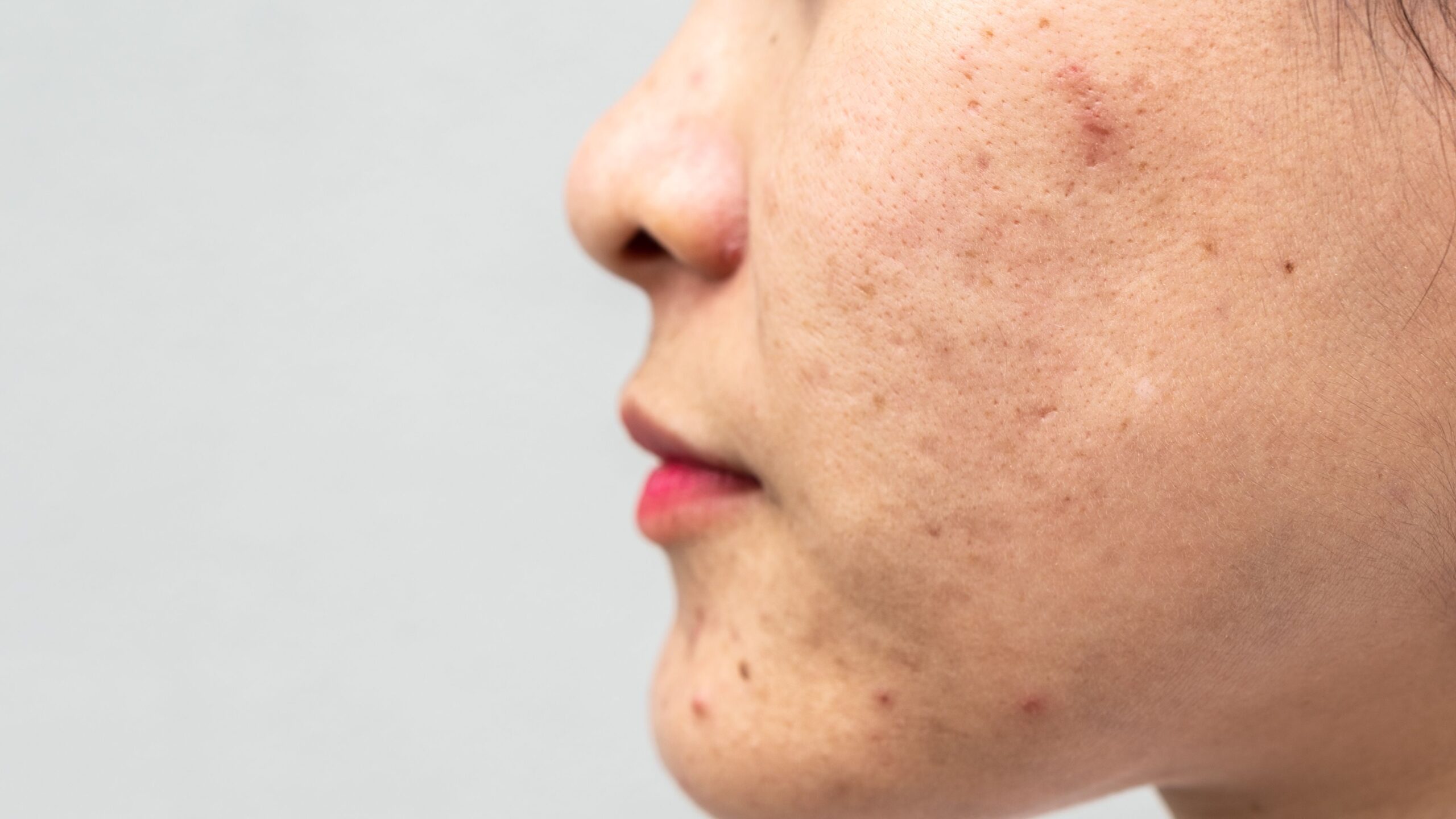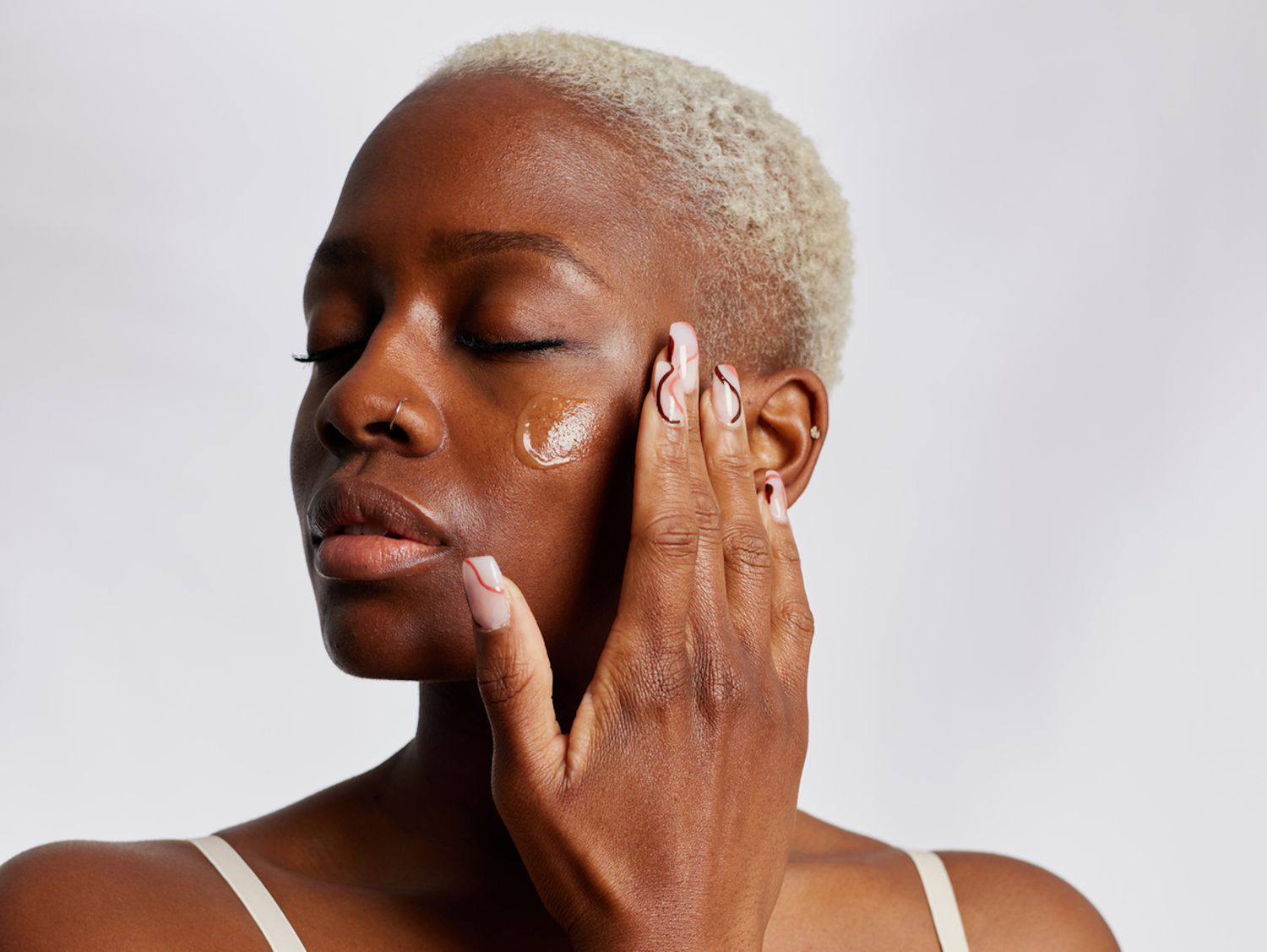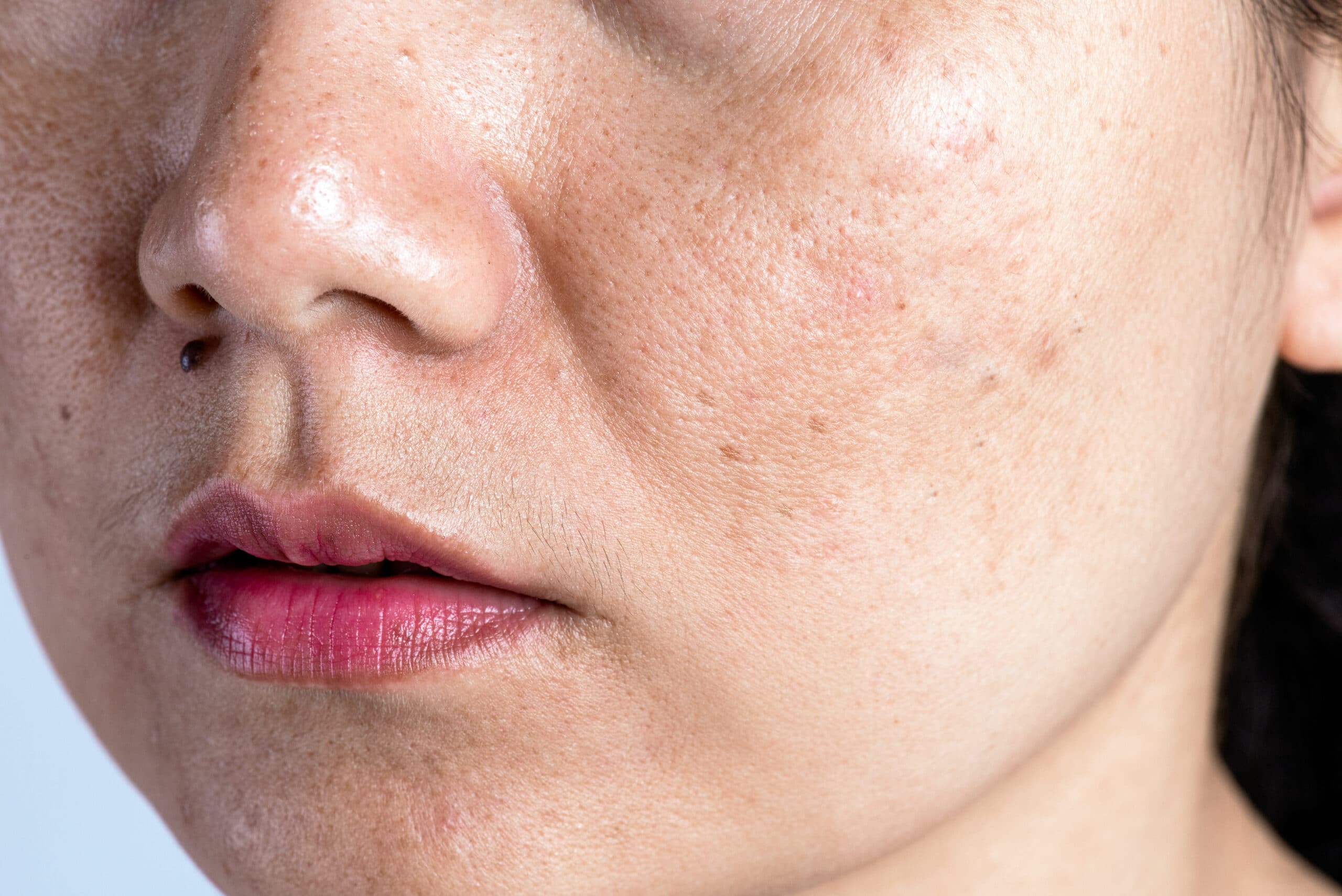
Joint Eternal is converting great for affiliates with a payout up to 75% (depending on traffic source) on front end + upsells. Works great on both health lists and Christian lists. Let us know what you need to make $$$$.
In demand tactical trainer for elite government agencies fbi, dea, dhs and tsa helps regular men and women of ANY age or ability defend themselves so they can stay safe and get home.
Marni Kinrys Reveals Exactly What To Say To Get Him To Listen To You, Love You, And Appreciate You. 75% commission front end & upsells + 50% recurrings.
Did you know that reptiles are now more popular pets than dogs? And that pet chameleons are a booming niche that get more searches than iguanas, bearded dragons or geckos! Lots of Easy Money to be made! Tools: http://chameleoncareguide.com/affiliates.html
This is a fitness business and marketing membership to help trainers, coaches and gym owners improve their marketing and get more clients.
Downloads for hypnosis, chakra, LOA, occult, tarot, divination, astrology, celtic, wicca, magick, chi, solfeggio, energy healing, hypnosis, law of attraction, manifestation, pranayama, ayurveda, feng shui, runes, brainwave entrainment & tantra
What You Need to Know About Skin Discoloration

Hyperpigmentation, skin discoloration, melanin expression—call it what you will: when we talk about skin discoloration in relation to skin health, we typically are referring to the effects of melanin in the skin. Melanin is produced within the deepest layer of the epidermis by melanocytes and while different kinds of melanin are produced, they all relate to one thing: skin pigment. Melanin provides color for your skin. We’re going to take a closer look at the role of melanin expression in the skin and how imbalances can affect discoloration due to age and environmental factors.
Causes of Skin Discoloration
In personal care spaces, skin discoloration usually refers to unevenness in color and variances in shades of your skin pigment. It covers a wide range, from freckles to age spots and so on. Discoloration happens when environmental or genetic factors prompt excess melanin production in skin. Let’s start with a closer look at environmental factors.
Skin Discoloration Caused By Sun exposure
You’ve probably heard melanin claims in relation to tanning and evening skin tone since melanin is key to mitigating the effects of UV radiation. Your skin tries to produce enough melanin to protect your body from UV radiation but, with extended exposure to UV rays, that production can become accelerated and uneven. This process is called photoaging and recent research has strengthened its link to skin aging.1 It can also be an increasing factor as you age since your skin has been exposed to the sun more.2
Skin Discoloration Caused By Stress
There are several links between your health and your stress level, and your skin is no different. Some skin conditions can be exasperated by increased hormones released by the body under stress, many of which can require medical intervention to treat. However, stress also causes more agitation3 which can in turn cause increased irritation and appear as difference in skin color on your skin.
Skin Discoloration Caused By Environment
Skin can get aggravated by pollutants, allergens, bacteria, and other environmental factors that then cause irritation that can result in pigment changes.
Skin Discoloration Caused By Inflammation
Sun exposure and stress can both lead to inflammation in the skin, along with other factors such as environment, allergies, injury, and a variety of skin conditions, among many others.4
Skin Discoloration Caused By Hormones
Often, pregnancy can release hormones that can result in pigmentation changes in the skin. The most common instance of this is a type of melasma called chloasma, which is believed to be linked to changes in estrogen levels.5 Chloasma makes melanin in the skin more likely to react to sun exposure during pregnancy and menopause.
Know Your Skin Type

Of course, a significant factor in how your skin reacts to these stimuli is your shade of skin tone. Skin color is affected by the amount of melanin in your skin baseline, and you can address these risks by understanding what your skin color is and how it responds to these factors.
The Fitzpatrick scale was developed in 1975 to establish an industry standard index for degrees of skin pigmentation.6 Certain skin concerns are more common in specific skin types, such as the level of sensitivity someone might have to UV exposure. Knowing your skin type can help you anticipate and recognize stages of discoloration in your skin.
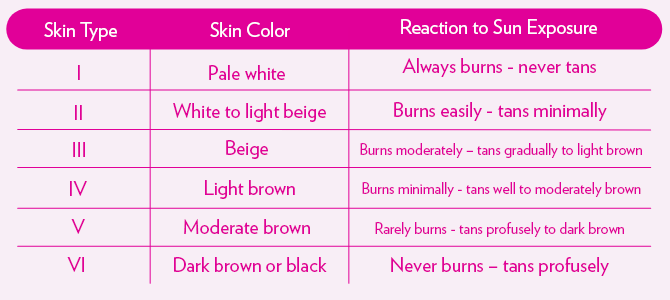
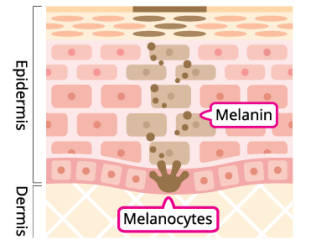
Stages of Discoloration
Hyperpigmentation doesn’t happen overnight. It’s a process that begins deep within the outermost layer of your skin, the epidermis. On that level, cells called melanocytes undergo chemical reactions to develop skin pigment which deposits throughout the cell and then rises to the surface to become visible. There are three stages: activation, synthesis, and expression.
- Activation
Discoloration stems from changes in melanin production in the skin. One of the several discoloration factors can trigger melanocytes (pigmentation skin cells) deep in your epidermis to start working overtime.
- Synthesis
Now that all systems are go, melanocytes begin a series of reactions to produce extra melanin in response to a stimulus. Tyrosinase is an enzyme essential to melanin synthesis and converts the amino acid tyrosine to a chemical compound that leads to melanin. The quantity of amino acids present here determines if the discoloration is a light or dark.7
- Expression
The discolored melanosomes are deposited into the keratinocytes at the basale layer and eventually become visible on the surface of the skin.
Types of Skin Discoloration
We’ve discussed what can cause skin discoloration and how this hyperpigmentation happens in the body, but what does discoloration look like? Unless you are a newborn baby, your skin tells a story and embellishments like freckles are very common. While some identify freckles as a type of discoloration, they are a normal aspect of skin pigmentation. The kinds of discoloration we’re going to look at are more closely related to effects of damage or dramatic changes to your skin.
Age Spots
Age spots are concentrated spots of melanin that manifest similar to freckles though don’t fade the way freckles can.2,8 “Age spot” is a bit of a misnomer as these discolorations aren’t linked necessarily to aging but rather to sun exposure and build-up pigmentation over the years, making them more distinct as you age. Age spots develop in all Fitzpatrick skin types but can change intensity and color based on your natural skin tone.
Melasma
Melasma is discoloration that usually appears on the face in patches. While there are different causes, it most commonly appears in pregnant women and is thought to be linked to hormones. Fitzgerald Types IV, V, and VI are most likely to get melasma as are those who have a genetic predisposition.7,9
Treatment
As with many areas of skin health, a dermatologist is your best bet to receive a full diagnosis and medical treatment for a skin condition. Many consumers have concerns about the milder forms of hyperpigmentation and skin discoloration. Let’s take a quick look at ingredient technologies available in cosmetic products that target dark skin spots and other skin pigmentation issues. Each approach intervenes at a different stage of the discoloration process.

Prevention
As with so many elements of skin care and skin health, prevention is the most effective way of managing skin discoloration. UV rays are the main catalyst in many of the elements that cause increased melanin expression in skin, so staying out of the sun as much as possible and using sunscreens and sun covers is key. Nu Skin’s Tri-Phase White can help with the overall brightness of your skin. It’s impossible to fully reverse the effects of skin damage once it occurs but you can always do more to prevent it from happening in the first place.
References
- Chen Y, Lyga J. Brain-skin connection: stress, inflammation and skin aging. Inflamm Allergy Drug Targets. 2014;13(3):177-190. https://www.ncbi.nlm.nih.gov/pmc/articles/PMC4082169/
- Mayo Clinic. https://www.mayoclinic.org/diseases-conditions/age-spots/symptoms-causes/syc-20355859
- NewBeauty. https://www.newbeauty.com/can-stress-change-the-color-of-your-skin/
- Davis EC, Callender VD. Postinflammatory hyperpigmentation: a review of the epidemiology, clinical features, and treatment options in skin of color. J Clin Aesthet Dermatol. 2010;3(7):20-31. https://www.ncbi.nlm.nih.gov/pmc/articles/PMC2921758/
- Bolanca I, Bolanca Z, Kuna K, et al. Chloasma–the mask of pregnancy. Coll Antropol. 2008;32 Suppl 2:139-141. https://pubmed.ncbi.nlm.nih.gov/19140277/
- https://en.wikipedia.org/wiki/Fitzpatrick_scale
- https://www.aad.org/public/diseases/a-z/melasma-causes



